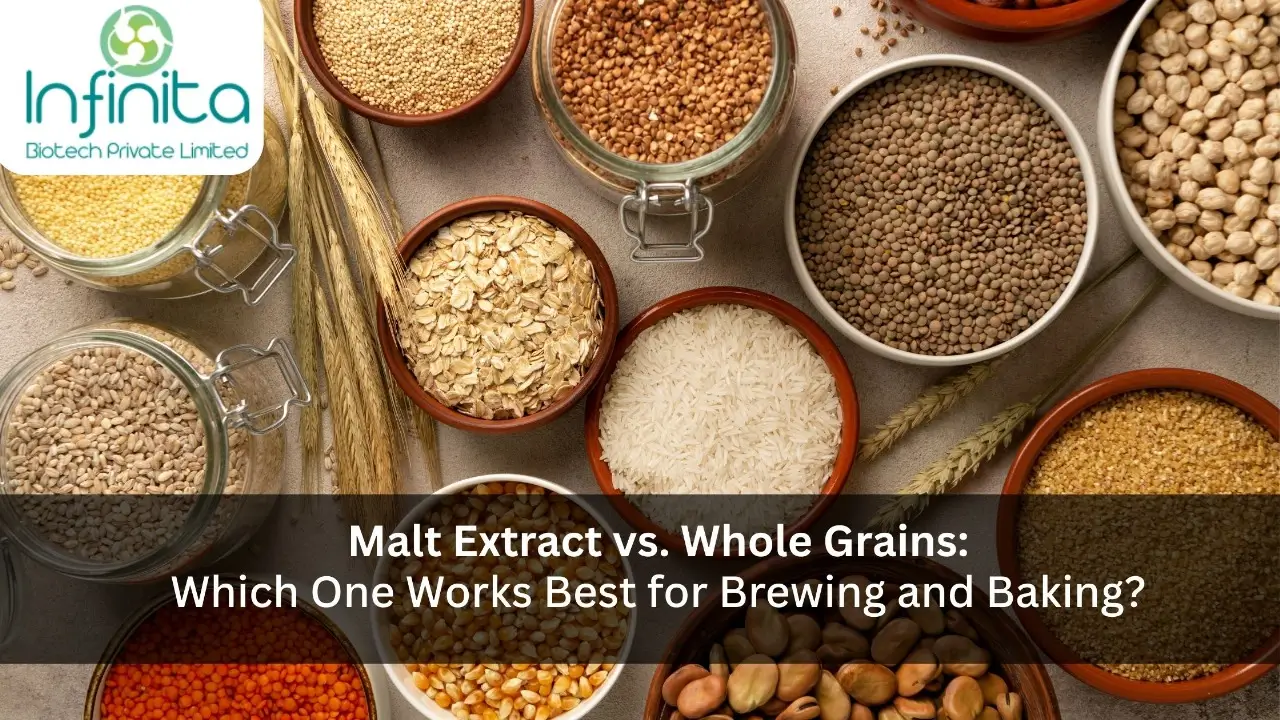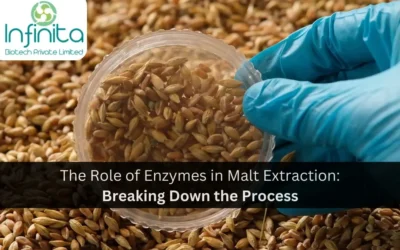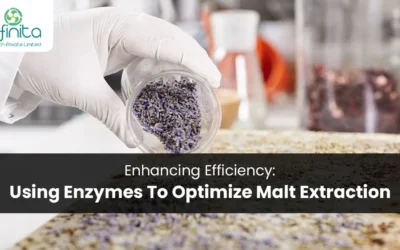In the world of brewing and baking, the age-old debate between malt extract and whole grains continues to stir discussions. Both ingredients bring unique characteristics to the table—ranging from flavour and texture to efficiency and nutritional value. Whether you’re crafting the perfect loaf or brewing a signature beer, understanding the difference can make all the difference in the final product.
Understanding the Basics
Malt extract is a concentrated syrup or powder derived from malted grains—usually barley. It contains the sugars, enzymes, and nutrients necessary for fermentation or dough development but is processed and pre-packaged for convenience.
On the other hand, whole grains refer to cereal grains that include the bran, germ, and endosperm. In brewing, these are typically malted and crushed before being mashed. In baking, they are ground or used whole, depending on the recipe.
Brewing: Efficiency vs. Customisation
When it comes to brewing, malt extract is a favourite among beginners and home brewers. It saves time, removes the need for complex mashing equipment, and ensures consistency. However, it often limits the brewer’s control over flavour profiles and fermentability.
Using whole grains in brewing, particularly malted barley, allows for far more customisation. Brewers can tweak temperature profiles during mashing, choose different grain varieties, and fine-tune the mouthfeel and aroma of their beer. The trade-off? More time, labour, and technical know-how.
For commercial breweries or passionate craft brewers, whole grains offer the flexibility needed to innovate and experiment. Infinita Biotech’s enzyme-based brewing solutions, for example, can enhance starch breakdown and improve yields when working with whole grains—balancing efficiency with creativity.
Baking: Nutrient-Rich vs. Refined Convenience
In baking, malt extract is often used as a sweetener or flavour enhancer, especially in products like bagels, crackers, and malted breads. It brings a subtle, earthy sweetness and improves crust colour thanks to the Maillard reaction.
But when it comes to nutrition and health benefits, whole grains clearly steal the spotlight. Whole wheat, rye, oats, and other grains provide fibre, B-vitamins, antioxidants, and essential minerals. They also create a more textured crumb and fuller flavour in bread and baked goods.
The use of whole grains in baking aligns with clean-label trends and growing consumer demand for wholesome, minimally processed ingredients. Enzymes can play a vital role here too—breaking down tough bran layers, softening dough, and enhancing volume and shelf life. Infinita Biotech’s bakery enzyme solutions cater exactly to this need, making it easier for bakers to work with fibrous grain flours without compromising on quality.
So, Which One Wins?
The answer depends on your priorities. If you’re looking for ease, predictability, and fast turnaround—malt extract is your go-to. It’s especially useful for high-volume production or when ingredient control is less critical.
However, if you’re aiming for rich flavour, nutritional integrity, and greater command over the process, whole grains are undeniably superior. Whether in brewing or baking, they allow artisans to bring authenticity and depth to their creations.
For businesses and professionals, combining whole grains with advanced enzymatic aids can offer the best of both worlds—nutritional richness and operational efficiency.
Conclusion
Malt extract and whole grains each have their own place in brewing and baking, but in today’s health-conscious and craft-focused world, whole grains are gaining a stronger foothold. They promise more than just taste—they deliver texture, nutrients, and an artisanal touch that modern consumers are increasingly seeking.
By leveraging innovations in biotechnology, such as those offered by Infinita Biotech, working with whole grains doesn’t have to be labour-intensive or inconsistent. Instead, it becomes a gateway to cleaner, more authentic, and more profitable food and beverage experiences.







